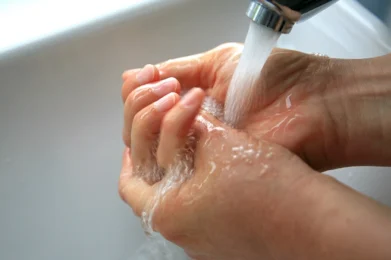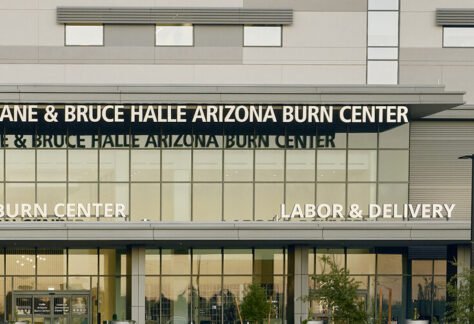In This Article:
- Heat islands lead to increased temperatures in cities, which can have negative effects on public health and the environment.
Have you ever wondered why it feels like your city gets hotter every year? You might be living in a heat island.
The phrase “urban heat island” refers to cities that have higher temperatures than rural, vegetated areas. Heat islands are caused by infrastructure in cities made up of buildings, roads, sidewalks and roofs that absorb heat and re-emit it into the air. Since cities create more heat than natural landscapes, temperatures in cities tend to be at least 15 to 20 degrees hotter.
Heat islands form in cities of all sizes and can influence the temperature day or night and in any season or climate.
Heat Island Status in Arizona
Heat island makes Phoenix temperatures 10 to 15 degrees Fahrenheit warmer than surrounding rural areas. The impact of Phoenix’s growth further and further into the desert adds to the heat island effect.
Although Phoenix is one of the fastest-growing cities in the country, it is plagued by hotter temperatures due to heat absorbed from the cement and asphalt in buildings, roads, sidewalks and roofs that release heat into the air.
In Arizona, at least 3,000 people go to the emergency room each year for heat-related issues. Since 2010-2020, over 2,000 people have died in Arizona from exposure to excessive heat.
How Urban Heat Islands Directly Impact Your Health
Increased temperatures caused by heat islands can have dire effects on people’s health. Hot temperatures increase the chance of heatstroke, heat cramps, exhaustion and dehydration. The elderly, children, people who work outdoors and those with respiratory illnesses are most at-risk. There are several factors that contribute to heat-related health issues, such as:
- The high demand for electricity during the summer months overwhelms the electric grid and causes blackouts and increases the cost of energy services
- The increased use of air conditioning during the hottest months creates more air pollutants and greenhouse gas emissions
- High temperatures and air pollutants in the air lead to more heat-related deaths and illnesses
How Can I Help to Reduce High Temperatures?
Everyone can play a part in reducing temperatures in urban heat islands. While it will take a unified community effort to counteract the impact heat islands have had on cities, you can start by taking small steps in your community. Taking an active role in reducing the heat island-effect in your city can help to decrease temperatures.
- Plant trees
-
- Trees will add shade around your home and help reduce air temperatures.
- Install a rooftop garden
-
- Green roofs provide shade and decrease heat in the air.
- Set up a cool roof
-
- Cool and/or reflective roofs help to reflect sunlight away from your home and reduce temperatures.
- Use energy-efficient appliances and equipment
-
- Energy-efficient appliances and equipment will ensure no one in your community will experience interruptions to their service if the electric grid is overwhelmed during a heat wave.
- Check on your community
-
- Don’t forget to check on members of your community during peak hot days of the summer. Heat-related issues can contribute to serious illnesses, such as heat strokes or heat cramps.
If you need to be urgently treated for a heat-related illness, visit a Valleywise Emergency and Trauma Services center. Call 1-833-VLLYWSE to book an in-person or virtual appointment today.
Sources:
- https://www.epa.gov/heatislands/learn-about-heat-islands
- https://sustainability-innovation.asu.edu/news/archive/urban-heat-island-affects-phoenix-all-year-round/#:~:text=It’s%20the%20urban%20heat%20island,farther%20into%20the%20desert%20valley.
- https://www.azdhs.gov/preparedness/epidemiology-disease-control/extreme-weather/heat-safety/index.php#heat-home






